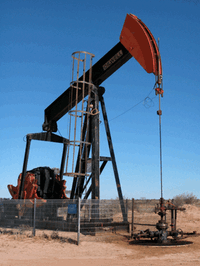Researchers at The University of Texas at San Antonio (UTSA) predict the Eagle Ford Shale will support 117,000 jobs by 2021. And of those opportunities, many will be available in engineering.
Young engineers are being recruited in droves by oil & gas companies as the experienced, but aging workforce, nears retirement. For petroleum engineering students on the verge of graduating, job prospects are plentiful, but the staff at colleges and universities needed to train the next wave is waning.
Higher Education Needs a Lift from Qualified Engineers
The U.S. Bureau of Labor Statistics (BLS) calculates the median pay for Petroleum Engineers is 130,280 per year, with a job outlook growth rate of 26% through 2022. Due to attractive job prospects and high pay, classes at colleges and universities have been filling up quickly with students seeking degrees in the discipline; however, retaining qualified staff to teach these students has become a serious issue for colleges and universities. The reason: lucrative pay from the private sector is luring many professors away from their teaching jobs.
According to the Houston Chronicle, enrollment in petroleum engineering programs has nearly tripled at Texas A&M (1,100 students) and doubled at Texas Tech (500 students) since 2004. At The University of Houston, their program is outpacing its current five member staff, with 800 undergraduates and 120 masters degree students.
As colleges and universities grapple with recruitment challenges for staff, some industry experts worry the quality of the education the students are receiving will suffer because of the teacher to student ratio. To combat this, many colleges and universities are working with industry to recruit talent for teaching positions, pitching private sector employees take a sabbatical from their job to teach. Creative recruiting techniques like this are becoming more common because most universities and colleges simply can't afford to pay competitive salaries for teaching staff compared to the industry.

